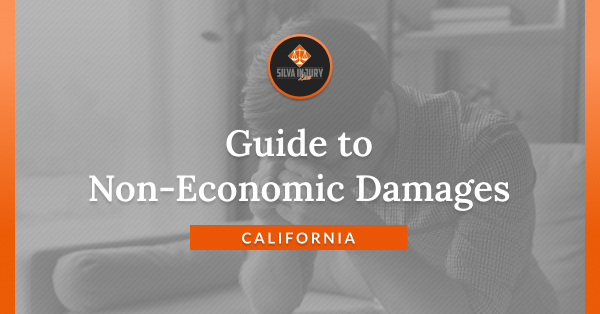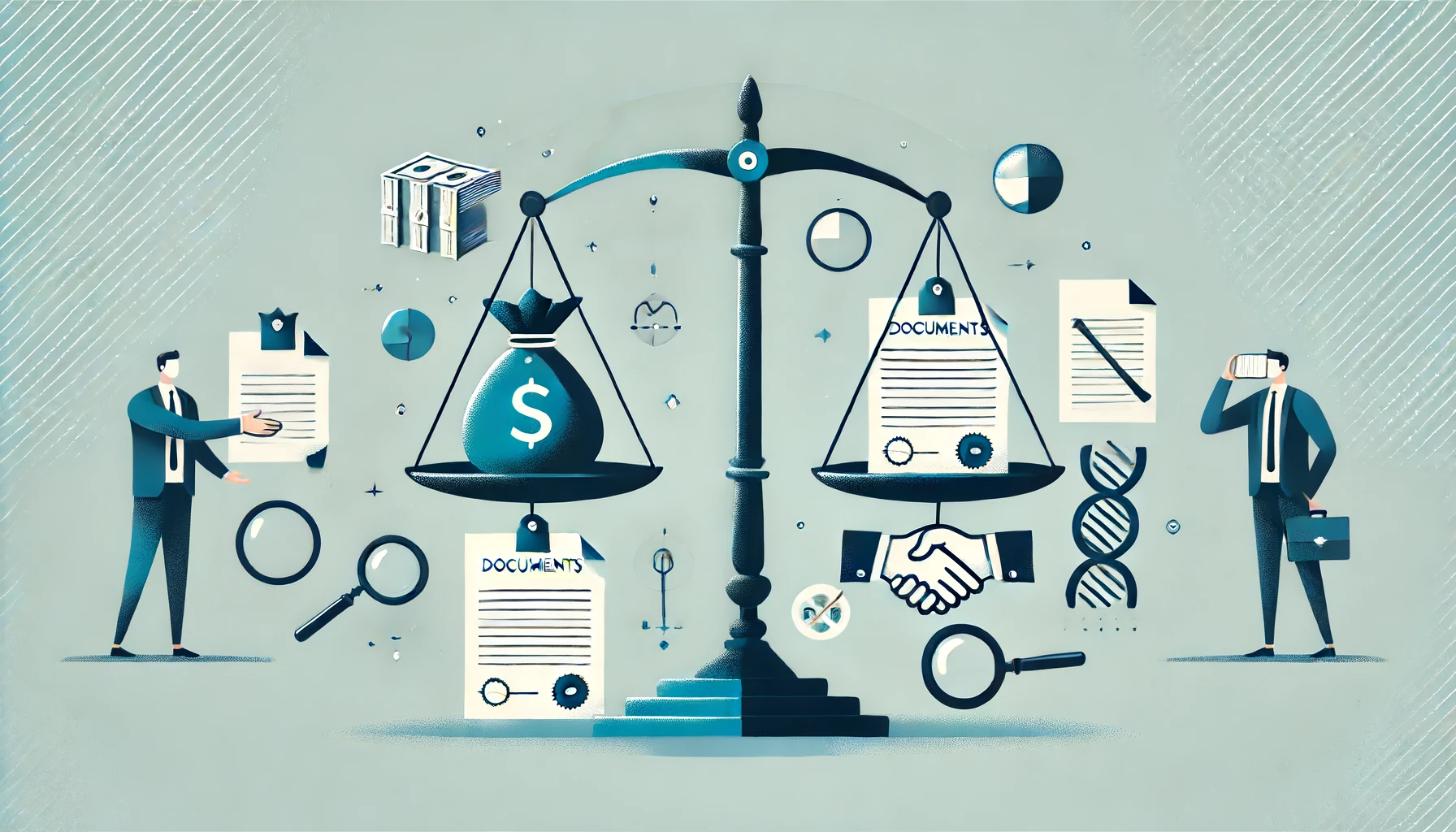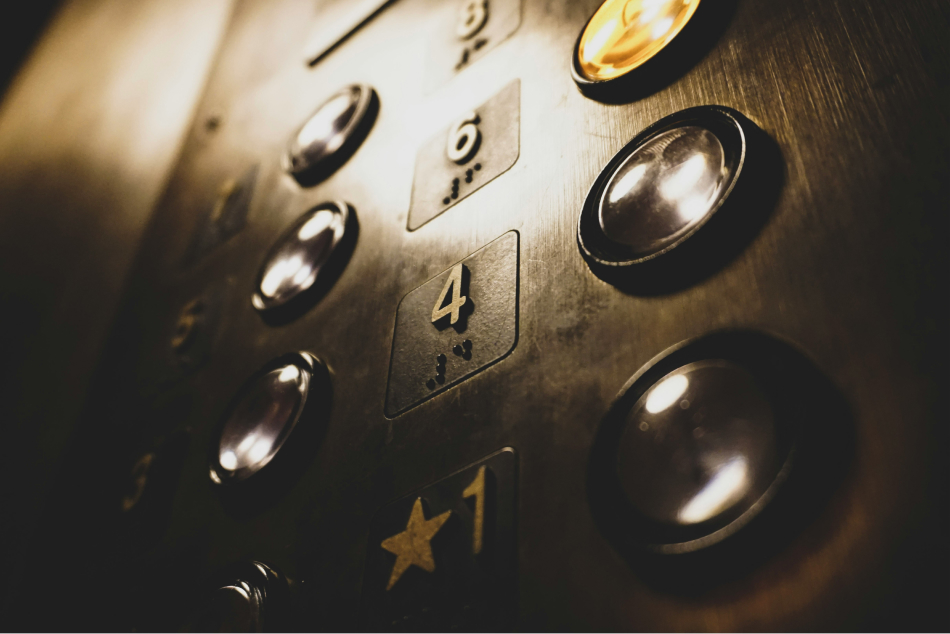
After an accident, victims can seek compensation for their damages from the at-fault party.
Recovering noneconomic damages is often a challenging part of the process. These can be hard to identify and even more difficult to calculate.
If you were hurt due to someone’s negligence or misconduct, contact Silva Injury Law. Our California personal injury lawyers will seek full compensation for all your noneconomic damages in California.
Contact us online or call (209) 600-4389 today to schedule your free consultation.
What are Noneconomic Damages?
Economic damages often have an exact dollar value, such as a medical bill or lost property. A victim can get compensation for these losses, making them whole.
Noneconomic damages are the intangible, non-monetary losses you might experience after an injury. While these injuries are sometimes less noticeable, their impact can be severe. Unlike economic damages, no amount of compensation can replace what was lost. These damages can cause lifelong harm that might never go away.
Types of Noneconomic Damages in California
You may have unseen harm that is affecting the quality of your life. Review these noneconomic damages examples to see if any sound like the injuries you’re experiencing.
1. Pain and Suffering
Pain and suffering compensate for the physical and emotional toll an individual endures due to an injury, including issues like immediate pain, ongoing discomfort, mental anguish, and lower quality of life.
Some examples of pain and suffering include:
- Chronic pain from a car accident. A plaintiff involved in a car accident may experience chronic pain due to injuries sustained. This ongoing pain, coupled with the emotional distress of the incident, contributes to the pain and suffering.
- Nerve damage from a defective product. A consumer experiences nerve damage due to a defect in a household product. Pain and suffering include physical harm, any disability, and the mental toll of the injury.
- Chronic back pain from a slip and fall. A person slips on a wet floor in a grocery store due to the store’s negligence. They can seek compensation for the persistent discomfort, medical treatments, and impact on daily life.
As you see, pain and suffering include a wide range of issues. This makes it a very common noneconomic damage in civil claims.
2. Emotional Distress
Emotional distress refers to the psychological suffering or trauma a victim may experience. It includes many conditions, such as anxiety, depression, and fear.
Here are examples of emotional distress damages:
- Witnessing a tragic accident. A bystander witnesses a severe accident caused by another party’s negligence. Their emotional distress causes anxiety and nightmares.
- Employment discrimination and emotional distress. An employee experiences harassment at work and wrongful termination. They can sue their employer for this severe emotional distress.
Getting psychological treatment can strengthen your claim of emotional distress. Seeing a doctor can establish a medical history and help show the link between the incident and the harm.
3. Loss of Consortium
A negligent or intentional act can damage the companionship and intimacy between spouses. When this happens, a spouse can file a loss of consortium claim to compensate for losing their past relationship. Under California law, only married spouses can file a loss of consortium.
Here is an example of a loss of consortium claim:
- Emily and Mark were in a severe car accident caused by a negligent driver. Mark sustains many physical injuries that cause chronic pain and emotional distress. Mark’s injuries cause changes in his mood and behavior. Mark stops acting like the loving husband he once was, straining his relationship with Emily.
- Emily can file a loss of consortium claim against the other driver. She can get compensation because she lost some aspects of her relationship with Mark.
4. Loss of Enjoyment
Some people lose the ability to enjoy activities that were once a source of joy or fulfillment. This may include hobbies, recreational pursuits, and spending time with family.
Some examples of loss of enjoyment include:
- Inability to pursue athletic hobbies. An avid cyclist sustains a severe injury in a car accident, preventing them from participating in the sport they love. Not being able to cycle is a significant loss of their personal identity.
- Impact on parental enjoyment. A parent sustains injuries that limit their ability to play with their children. They can’t bond with their kids like they once did, which is a significant loss.
- Loss of artistic pursuits. An artist loses mobility in his hands after a car accident. Their inability to create art impacts their livelihood and well-being.
Even minor injuries can have a permanent impact. You can recover if you can no longer enjoy things that once made you happy.
5. Permanent Disfigurement
Injuries can change your physical appearance. Disfigurement includes scars, deformities, amputations, or any changes that affect your outward appearance.
Some examples of permanent disfigurement include:
- Facial scarring from a dog bite. A dog bite leaves someone with scars on their face. These scars cause emotional distress because they change the victim’s feeling of self-worth.
- Amputation after a workplace accident. An employee loses a limb while on the job. This permanent loss affects every aspect of the employee’s life, causing long-term agony.
- Burn injuries result in visible scarring. A workplace accident causes severe burn injuries. These burns alter the employee’s appearance, causing anxiety and depression.
A lifelong disfigurement causes intense internal harm, but it can also affect how others perceive you. These injuries often cause other problems, making them even more severe.
How to Calculate Noneconomic Damages California
You may be wondering how to calculate noneconomic damages. Noneconomic damages are subjective, making them hard to value. California courts often use these two methods to determine a claim’s value.
Multiplier Method
The multiplier method calculates noneconomic damages by multiplying the total economic damages by a chosen multiplier, often ranging from 1 to 5. The severity of the injury influences the selected multiplier, reflecting the impact on the plaintiff’s life. This method provides a structured approach to quantifying intangible losses.
Per Diem Method
The per diem method values noneconomic losses by assigning a daily monetary value to the plaintiff’s suffering. After finding this value, the parties need to estimate the duration of impact. Evidence, especially expert testimony, can help determine these values.
Are There Limits on Non-Economic Damages?
In California, there is not a non-economic damages cap in the majority of cases.
What Is the Statute of Limitations to Recover Noneconomic Damages in California?
California has a two-year statute of limitation for personal injury claims. This means that you have two years from the date of the injury to file a civil lawsuit against the liable party. If you don’t file within this window, the court will likely dismiss your claim, though some exceptions exist.
Speak with Our California Personal Injury Lawyers
Silva Injury Law offers strong and compassionate representation to injured Californians. Our attorneys fight hard and have recovered millions for our clients. We will use all the resources at our disposal to seek the highest settlement possible for you.
Contact our office today at (209) 600-4389 or use our secure online contact form to schedule your free consultation.

















 EMAIL
EMAIL  AI-search
AI-search  Access
Access